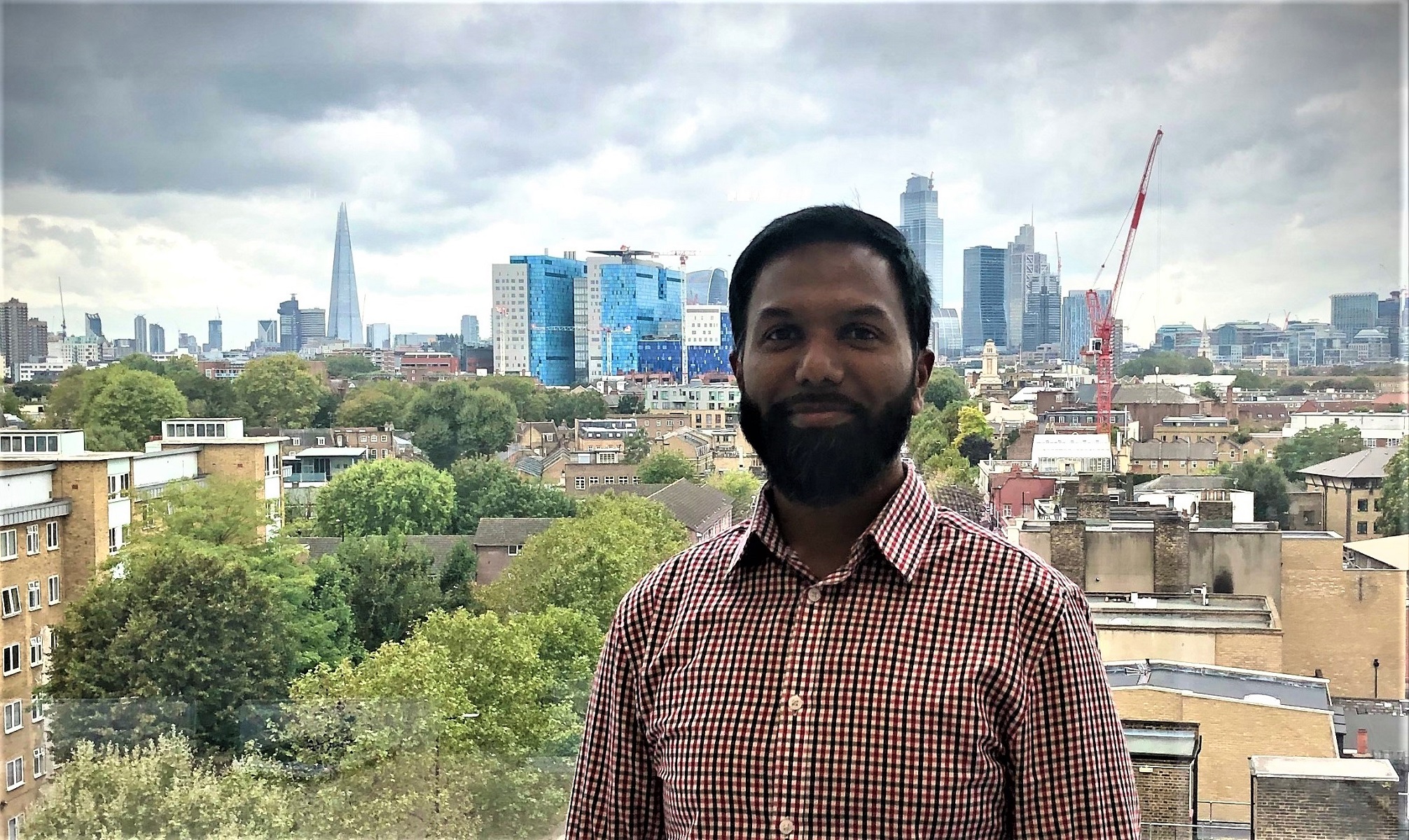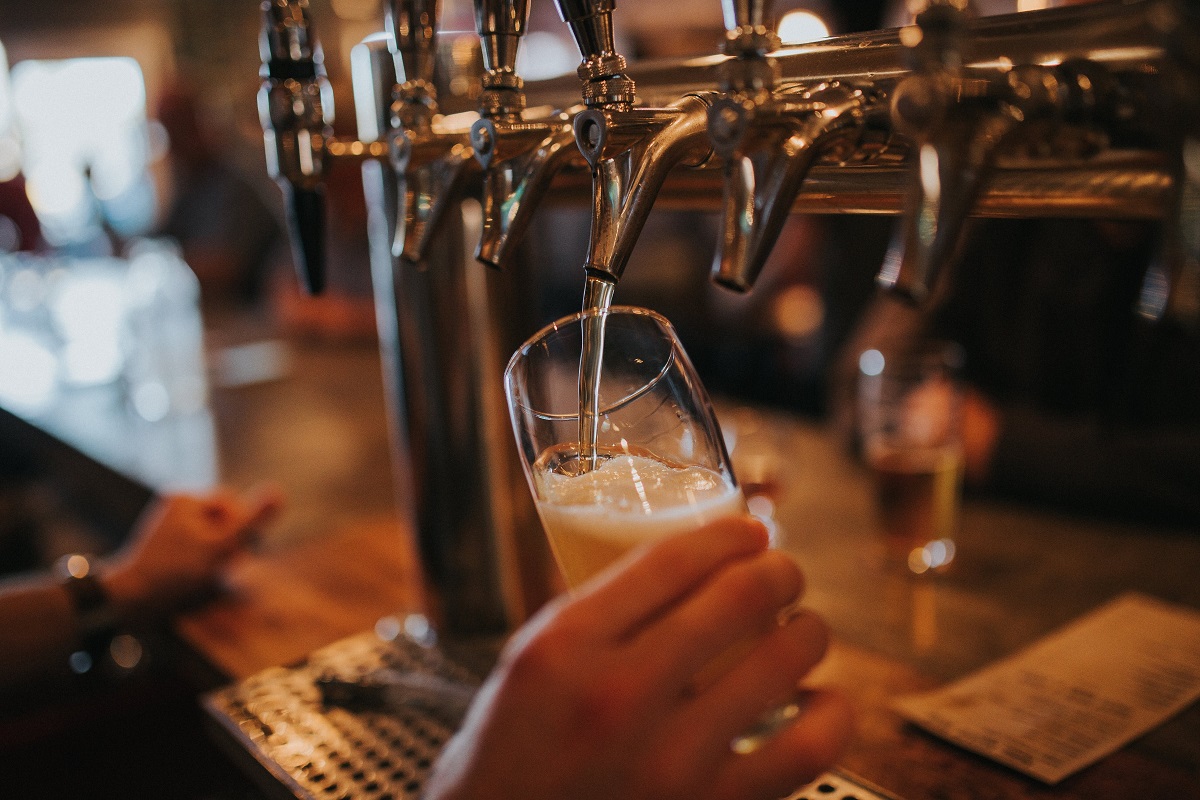I grew up on Mile End Road on the Ocean Estate during the 80’s and 90’s. By Anam Hoque
Mile End was a deprived area during the 80’s and 90’s and in need of redevelopment. However, I think the lack of development meant that people relied on each other more and there was a strong sense of community. Neighbours would watch over each other’s kids, share playing resources, share food and more. There were more local businesses, owned and run by locals for locals. Crime was always there but usually isolated to cannabis and petty theft. The high rise flats of Mile End Road have always been a feature since the end of the Second World War and a constant reminder of the people who live here. The social housing in Mile End was always solid but in need of some TLC.
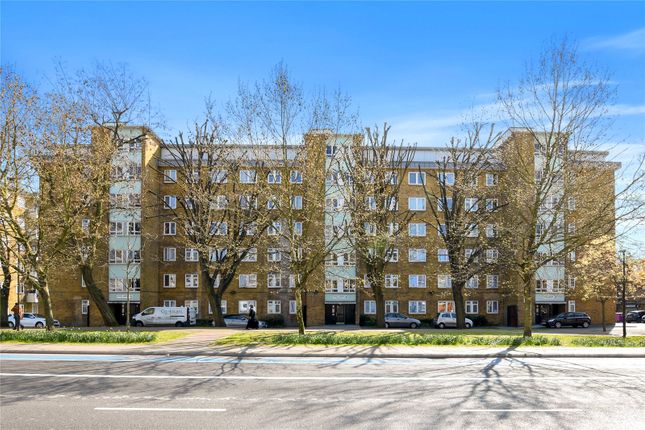
Living in the heart of one of the busiest and urban cities in the world means greenery is hard to come by; but as a Tower Hamlets resident in Mile End, we were blessed with local parks and lots of open green spaces. What I liked most about being a local was our access to Mile End and Victoria Park. The problem was always the NO BALL GAMES signs! I really think that the clampdown on children being able to utilise open space over the last few decades has had a negative impact on the new cultures young people are forming in the local area. They are finding alternative ways to spend their time, either at home or away from prying eyes; neither of which is good.
‘The clampdown on children being able to utilise open space over the last few decades has had a negative impact’
The announcement of the London Olympics in Stratford was music to everybody’s ears in 2005. That announcement paved the way for redevelopment in the local area, after all, the Olympic torch had to pass through Mile End Road and the government couldn’t have the world watching our road looking in the state that it was in! This heralded a new change with flats and buildings being refurbished, spaces landscaped, parks built for kids, shops renovated and an all-round energy pumped into the local area.
Post the Olympics and the cultural popularity of the local area saw many new people moving in, mainly young professionals. It was now hip to live in Mile End. Whereas, we saw families who had lived in Mile End and make it here, move to the suburbs of Redbridge and Essex, buying the 3-bedroom houses with a garden they had always wanted.
‘Mile End is now firmly on the hipster map and a very cool place to live. We have artisan bakeries, restaurants, independent businesses thriving.’
Mile End is now firmly on the hipster map and a very cool place to live. We have artisan bakeries, restaurants, independent businesses thriving. The local residents are now a mixture of people who have lived here for generations and affluent professionals who’ve made it their home. It has always been a diverse place to live and I hope the diversity continues to prosper.
The Food…
You could travel the world in a mile and not have stepped foot on a plane. The people, the food, the colours, the smells and the landscapes are a melting pot of cultures. Mile End Road is renowned in London for its fried chicken shops and many travel all over London to get their hit of hot wings and chilli sauce here. My favourite is the Original PFC on Mile End Road. It’s been here since 1993 and no one has been able to knock them off their perch yet! When I’m eating more traditional food of the Bengali variety then it’s Dhaka Biriyani for me with their curries, grills and biriyani! For sweet treats it’s Sweet next to Stepney Green station.
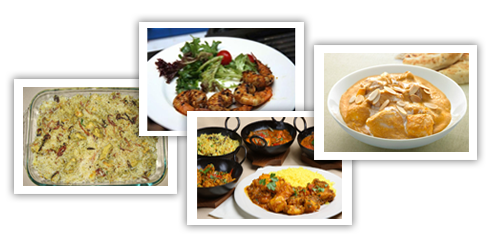
The People’s Palace on Mile End Road, opened in 1887 and brought accessible education, culture and recreation to the East End – uncovering so much ability that technical education soon blossomed into academic excellence in science, arts and the humanities. It provided access to education to many in east London who would otherwise not have the same opportunities as others. The East End is renowned for its resilience. Continually reinventing and reshaping itself in response to an ever-changing world, it’s a part of London that has been a constant scene of social, political and environmental change.
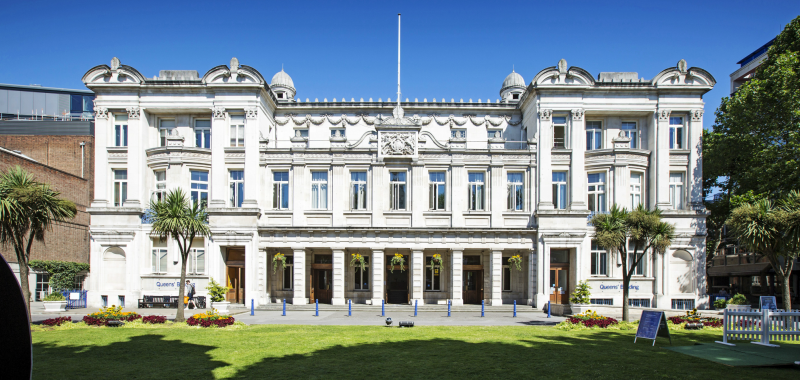
I would love to see the area continue to redevelop some of the spaces in need of investment and allow more local businesses to thrive, rather than rely on big corporations and brands to come in. There needs to be a balance between the global and the local, otherwise we risk losing the identities which make us unique.
Queen Mary University
Queen Mary University of London has evolved into an international hub of education and research excellence offering hundreds of programmes at undergraduate and postgraduate level. I work in student recruitment and widening participation, where my role is to support students who are progressing into higher education. It’s our job to inspire young people to go further in their studies and in pursuit of their dream jobs. No matter who you are, where you’re from, or what lived experiences you’ve had, Queen Mary is a welcoming and friendly place where you can be yourself and prosper in achieving your ambitions.
I organise and deliver outreach activities to students from Year 7 through to Year 13 supporting their application to university and offering guidance on their higher education options. I work with many local schools in an area where many households earn less than £12,000 a year and where many have not gone to university. We’re trying to help more people access higher education – our students always say how lucky they feel that Mile End and East London is a global village where there are abundant opportunities for young people.
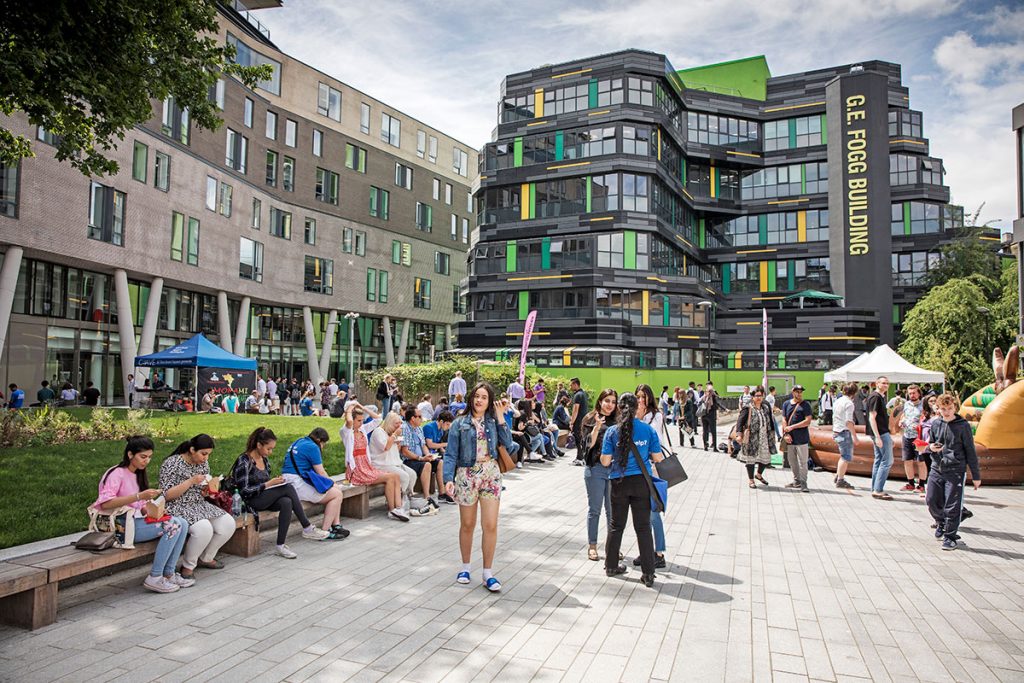
Queen Mary does a lot of work with the local community and has a long history of public engagement dating back to its origins as the People’s Palace. The Centre for Public Engagement team work to embed public engagement within the university by providing advice and support, reward and recognition, and funding for engaged activities. The university organises the Festival of Communities every year. The event features activities, stalls and demonstrations showcasing research and learning to public audiences alongside community organisations. There are also many other local initiatives which you can find out about online: https://www.qmul.ac.uk/publicengagement/opportunities/
To find out more about the wonderful history of Queen Mary please visit: https://www.qmul.ac.uk/about/history/extended-history/
| About Anam Hoque: Senior Officer in the Recruitment and Widening Participation team at Queen Mary University of London. Anam has worked in higher education marketing and recruitment for the last 7 years – including King’s College London and University of East London. Anam studied media and communications at university and has worked for the BBC. Anam has also been involved in charity work with Mercy Mission UK and the National Zakat Foundation. |

